Reports
Type of resources
Available actions
Topics
Keywords
Contact for the resource
Provided by
Years
Formats
Representation types
Update frequencies
Scale
-

1. Introduction 2. Geophysical database 3. Large-scale seismic interpretation 4. Large-scale glacial environment 5. 3D seismic investigations - Elephant Field 6. 3D seismic investigations - Repsol Block B 7. Discussion 8. Conclusions References
-

Cruise reports and interim reports
-
This dataset contains meteorological observations taken from 72 locations around Great Britain, Ireland and Europe published in the 1900-1910 Met Office Daily Weather Reports (DWRs). These records were produced as part of the Operation Weather Rescue project. Twice daily observations of mean sea level pressure and dry bulb temperature, along with daily wet bulb, maximum and minimum temperatures and total rainfall, were sent to the Met Office via telegraph for publication the DWRs. Some of the locations cover the entire 11 year period whereas others stopped reporting and may have been replaced by another location, and some locations were included in the DWRs from a later date. Additional observations of mean sea level pressure, dry bulb temperature and wet bulb temperature at 2pm are included for 1900 but these observations were no longer included in the DWRs after 1900. From November 1908 the German stations replaced wet bulb temperature with relative humidity. The data is stored in two formats: in daily csv files with observations for each station and in Station Exchange Format (SEF) files for each station in separate variables. SEF is a human-readable text format saved as .tsv (tab separated values). In the csv files units are inches of mercury (inHg) for mean sea level pressure, degrees Fahrenheit (F) for all temperature variables, inches for rainfall and percent (%) for relative humidity. In the SEF files the units are hectopascals (hPa) for mean sea level pressure, degrees Celsius (C) for all temperature variables, millimetres (mm) for rainfall and percent for relative humidity.
-
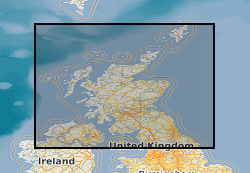
The Land Survey Record Index was set up c.1988 to provide a digital database index to records and archives held by the Land Survey in Scotland and Northern England and contains over 46,600 records. Finding aid to the following record groups/data sets, is provided through a application query interface: Site Investigation Records (SE); Land Survey Archives (LSA); Land Survey Records (LSR); Mineral Resource Records (MR); Additional Information Files (AI); Enquiry Record Files (EE; EN); Opencast Coal Sites (OC).
-

Marine geophysical survey of the NE BRazil and French Guiana continental margin onboard RRS Discovery (D275). The Amazon Cone is a deep-sea fan system that developed on a continental margin approximately 90-100 Myr following a rifting event. Gravity and flexure modelling suggest that the Cone sediments have loaded the margin almost to the limits of its strength. The investigators propose to carry out the first seismic refraction experiment to determine the structure of the crust and mantle that has been deformed by the Cone load. The experiment will provide new constraints on the structure, the nature of the ocean-continental boundary, the thermal and mechanical properties, and the resource potential of deep-water continental margins.
-
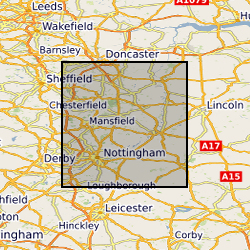
Paper records and photos used to create the Nottingham Caves digital register and maps. Includes archival material of the caves known to BGS, around northern and central Nottingham. Data mainly captured in 1989, infrequent since then approximately 1 per year.
-
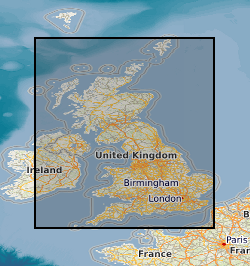
Index, set up in 1998, to the archive collection of reports, notebooks interpretations, plans and other geological or related data received from external organisations that are not part of other collections. These cover a wide variety of different types and ages of information mainly from Great Britain but some related to BGS projects overseas.
-
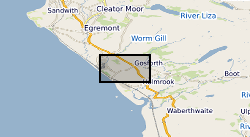
The paper archives comprise a set of the factual and interpretative reports that document the investigations carried out by Nirex (Nuclear Industry Radioactive Waste Executive) and its contractors. In total there are in excess of 2,250 individual volumes. It is the availability of this paper archive of results and interpretation that makes the Nirex geological archives of rock cores and samples unique. The ownership of NIREX (Nuclear Industry Radioactive Waste Executive) was transferred from the nuclear industry to the UK Government departments DEFRA and DTI in April 2005, and then to the UK's Nuclear Decommissioning Authority (NDA) in November 2006.
-
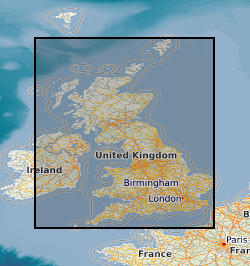
Index to acquisitions and donations of all types of geological record data. This information has been received from a variety of external organisations including public bodies and commercial concerns. The Oracle index was set up in 1988 and holds basic index information about the donor and the donation. The index has been expanded in 2009 to include other sections of BGS and covers all their donations. The majority are from Great Britain.
-
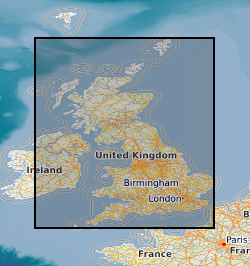
[This metadata record has been superseded, see http://data.bgs.ac.uk/id/dataHolding/13480403]. This layer of the map based index (GeoIndex) shows the location of site reports covering a wide range of drilling and site investigation work. Some 2000 reports include the logs from over 10 000 boreholes in addition to those held in the borehole index. The rectangles shown are drawn using the SW and NE corners of the site maps.
 NERC Data Catalogue Service
NERC Data Catalogue Service